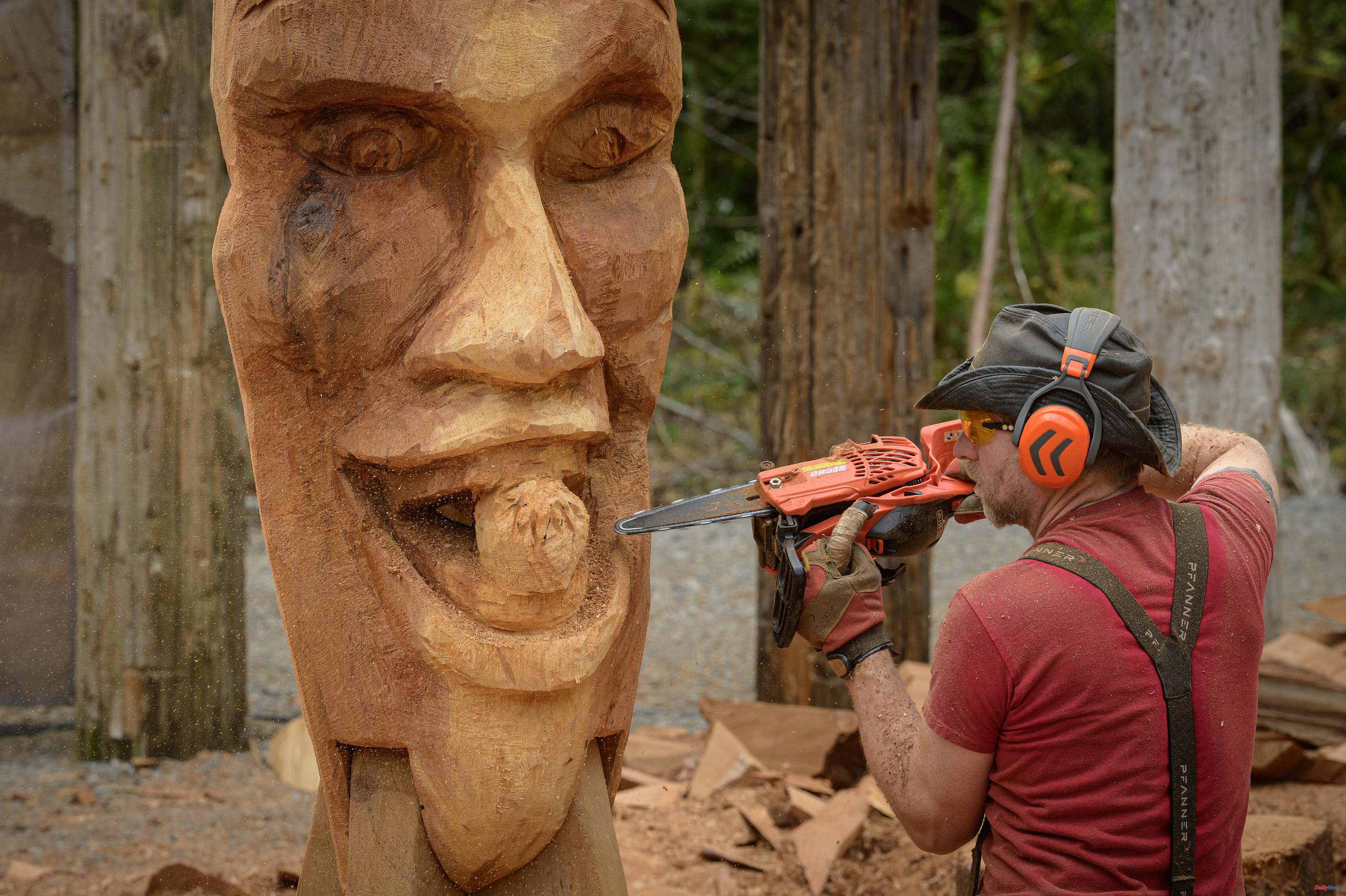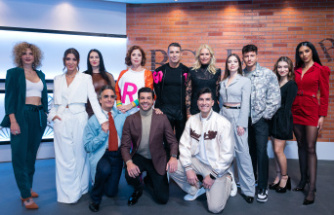The AMC Break television channel has premiered a new talent show with the explicit title Crazy about Chainsaws, which may lead many to think that it is a contest, either for horror movie fans, or about workers in farmhouses with need a lot of firewood. However, its title refers to the tool used by a group of carvers to turn large logs into true works of art. Saw, gasoline and motor to create wood carvings in record times and all kinds of added difficulties.
In the tradition of niche reality shows like Forged in Fire, this new contest is created by the same producers of Blown Away. It has a similar format of 12 episodes under half an hour, and the contestants, instead of competing to become the best glassblower or the best ironsmith, seek the title of an art form that has not yet had its own. program. In fact, not many are familiar with chainsaw sculpture, so the series itself serves as a disclosure of unusual work, but one that leaves spectacular results.
The challenges involve turning old logs into works of art of various sizes
The candidates are 12 of the most skilled carvers from around the world, from Canada to Germany, Ireland, Scotland, Wales, the United States and Zimbabwe, pitted against each other through challenges involving rapid shaping and painstaking embossing. Like the cooking contests that have made the format popular, contestants must work against the clock to avoid weekly elimination and make it all the way to the final, where a grand cash prize of $50,000 awaits. The difference is that instead of creating a delicious dish, the challenges involve turning old logs into works of art of different sizes, which implies a control of the spatial dimension that is not learned as you go.
The group is diverse, from style to personality, which leads to them taking very different approaches to testing. In the second episode, they are asked to make a sculpture that represents either a hope or a fear, and the results range from a haunting embodiment of loneliness to a comedic image of one of the show's judges getting punched in the face. There aren't really any bad vibes, of course.
Ryan Cook is the technical judge and Katharine Dowson, the artistic judge, two experts in this art with a great reputation in live carving events with the motorized tool, who objectively evaluate the works while explaining their criteria to the participants, so that be fun for the viewer.
Sometimes their role is reduced to advice such as better decision making when the piece is still at full potential or indicating how they would have had more time to complete rough seeds of good ideas. In most cases, the interaction seeks to entertain joking with the results and accompanying the presenter Adam Beach. The Golden Globe-nominated actor and member of the Anishinaabe Nation explains his role this way: "It seemed like an easy job, I would just host, smile and wave. I didn't realize it would connect with the empathy that all these carvers put into his artworks. There's always a personal story told and you can't help but fall into it."
Beach begins the first episode with a nod to the Squamish Nation, as the series is set in natural settings in British Columbia, leading to some days of the show being rainy and cold. There, the production has created an impressive stage in the form of a circular platform separated by stepped planters and surrounded by trunks on the ground. Producers have made donations to reforestation and carbon offsetting to make the use of cedar wood and fuel emissions the real stars of the series.
There are more than 30 chainsaws at the disposal of the participants in a shed in which dozens of other power tools are also stored. The carving process is not done in detail with the main machine, which is relegated to the "blocking phase". That part is the initial cut to obtain a basic shape on which to work and it is where the balance between proportions and brute force defines everything that will become the sculpture. The artists then use smaller and smaller saws to undercut the wood and polish the shapes of their figures. Step by step they create more details and end up burning, sanding and painting the wood.
A finished work can take more than a day of work, in 'Crazy about chainsaws' they only have hours
A finished and complete work can take more than a day of work, so the candidates must be fast and precise, but it is also a process that requires strength and security, because if it goes wrong they cannot recover the piece. The Chainsaw Nuts trials get tougher, and there are two challenges in each episode: a two-hour quick felling, with the winner gaining a head start on the seven-hour master felling, which sees the removal of the worst job .
Artists work on each chosen theme with time constraints and certain prerequisites, but there is plenty of room for creativity, making the variety of results valuable beyond skill or experience and inspiring inspiration from each contestant, with which the interest for the spectator goes beyond the academic and can enjoy varied and beautiful works, and perhaps get some idea for the decoration of the garden.
According to the criteria of The Trust Project












